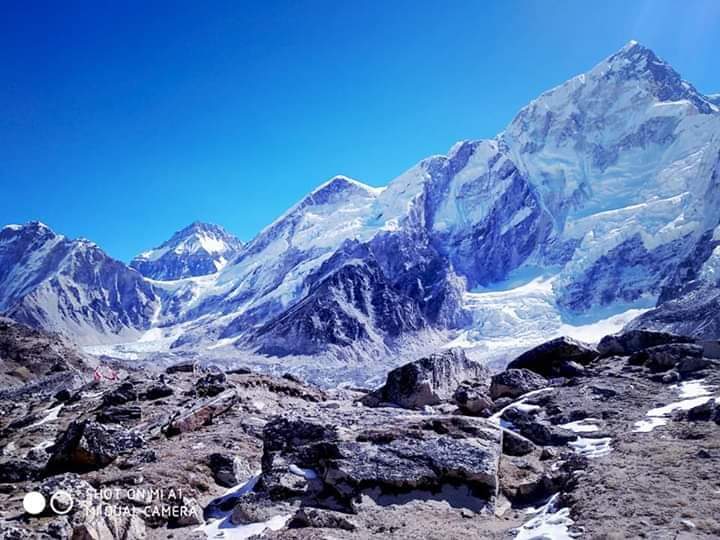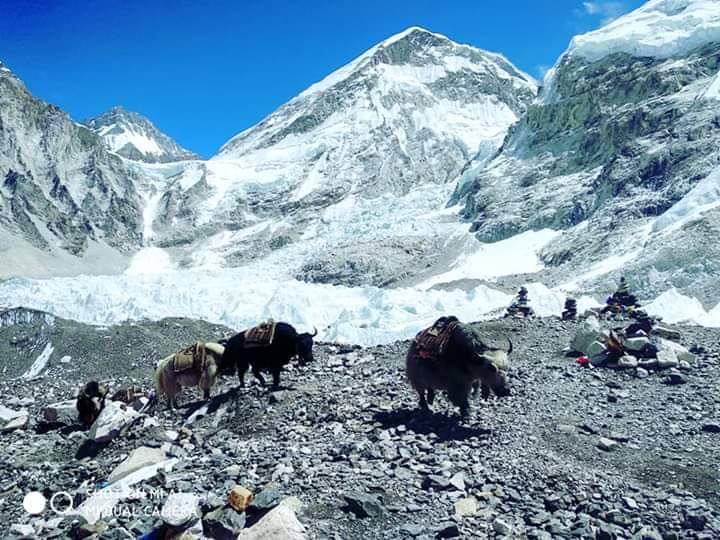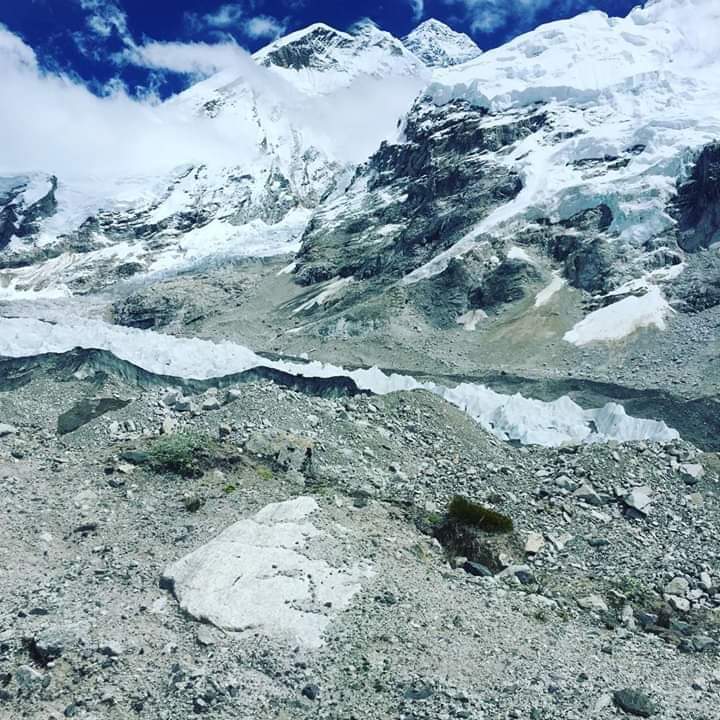Have you ever experienced Trekking in Nepal? If you haven’t, then you are seriously missing out! Not only is it a beautiful adventure, but it also sn unforgettable experience. The land of the Himalayas, Nepal presents wonders that are breath-taking.From the Himalayan landscapes to the rich cultura ethos, trekking in Nepal is truly a marvelous feat. Visit beautiful ethnic Himalayan settlement and villages. Travel to destinations at gorgeous river valleys harboring unique terrains. walk on winding trails passing through heavenly alpine forests and green pastures.

Dudh Kunda Phaplu Trek(10 Days)

Jiri to Everest Base Camp Trek (26 Days

Gokyo Valley Trek(14-Days)

Everest High Pass
The best season is from October until early December: the temperatures are comfortable and the weather reasonably stable. Clear skies and fresh clean air – what more can you ask for? March to April can also be pleasant, with rhododendrons in bloom, although mountain views are not always as clear as in the autumn. During the winter, from December to the end of February, high-altitude trekking is difficult due to the cold temperatures and snow-covered passes; many lodges and other services close for the season. However, the midland and lowland locations in the Himalayan foothills, the Mahabharat or the little-visited Siwalik and Chure Mountains provide better conditions and mountain vistas for winter trekking.
With careful planning and route choice, it is possible to trek and enjoy fantastic adventures in both the monsoon period and amid winter, usually at lower elevations. Advantages include fewer crowds and lower costs. June to the end of September is monsoon time – with clouds and heavy rain the norm. Climbers prefer the late spring, just before the monsoon. If you want to go trekking during the monsoon time, be prepared for the worst, or head for the Inner Himalaya, in the rain shadow of the big mountains where temperatures are comfortable, the chance of sunshine is good and there is much less rain. And you will have the place to yourself. Like those behind the Annapurna range, some areas are in the rain shadow and worth a visit, although heavy rains may mean landslides that block access roads and paths.
Leeches are active in the rainy season, and can drive anyone crazy – they suck your blood, get bloated and fall off before you notice. Do not scratch the sores, as this can lead to infections: use antiseptics on open bites – irritating but not painful or dangerous. Try tucking your trousers into your socks. Your guide will often be able to beat off leeches by going first, with a stout stick.
You can arrange your trip to Nepal via a tour operator in your home country. This might cost more than if you do all by yourself, but will relieve you of the responsibilities and make life easier. Most tour operators have professional partners in Nepal. You can extend and personalise your visit by arranging to stay behind after the organised tour. Most tour operators are willing to assist with hotel reservations and suggest possible activities.
If you want to arrange a visit by yourself and can handle the added stress of having all the responsibility, it is easy to contact one of the more than 2,000 registered tour operators or specialist agencies in Nepal before you depart from home. Naturally, they will try to offer their specialities, so be convinced, stick to your plans, ask for this, or find another operator.
It is also possible to arrive in Nepal on your own with just a backpack and get everything organised there. However, that is an option perhaps better for your second trip, once you have gained some experience.
Visitors and tourists generally find Nepal much easier to handle than India, but there are still some cultural hitches and formalities to be aware of. For instance, understanding the bureaucracy involved in getting permits and knowing the ever-changing situation about access is difficult, and here it is helpful to have the services of a tour agency. Mountaineering or a complex, expedition-style trek in remote terrain requires a meticulous pre-departure organisation to secure permits, time-slots and equipment. The same goes if you do have limited time. Even if you arrive on a privately pre-booked arrangement, delays and difficulties may still occur.
